
Collective Bargaining 3: Effective Negotiations, Background Information
Revised
Discover tips and guidance on building sound footings and foundations to ensure strong, long-lasting structures.
Collective Bargaining 4: The Bargaining Climate - Page 3
Revised
The bargaining climate
In developing the bargaining goals and strategies of a local union, it is important to remember that not all relationships with employers are equal. The attitude of a particular employer toward the union and the obligation to bargain may range from the very positive to one approaching industrial warfare.
Collective Bargaining 5: Bargaining Techniques - Page 3
Revised
Learn effective documentation and argumentation strategies to strengthen your union's position during collective bargaining negotiations.

Contract Interpretation Standards
Reviewed
This publication outlines standards for interpreting collective bargaining agreements, focusing on arbitration principles and contract language clarity.
Collective Bargaining 1: Historical Models of Collective Bargaining in the U.S. - Page 3
Revised
Employers ability to pay
Product market factors
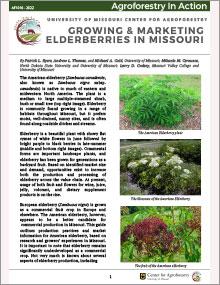
Collective Bargaining 1: Historical Models of Collective Bargaining in the U.S. - Page 6
Revised
Avoidance of competitive unionism Avoidance of competitive unionism
Union bargaining strength is also weakened by wage competition between more than one union in each industry or with a particular employer.
Collective Bargaining 3: Effective Negotiations, Background Information - Page 2
Revised
Research agenda Research agenda
Early in the bargaining process, a local union may want to develop a research agenda to gather data useful in negotiations.
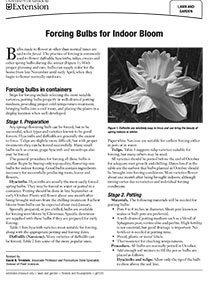
Forcing Bulbs for Indoor Bloom
Reviewed
Forcing bulbs indoors brings spring color to your home during winter. Learn how to select, chill, and pot bulbs like daffodils, tulips, and hyacinths.
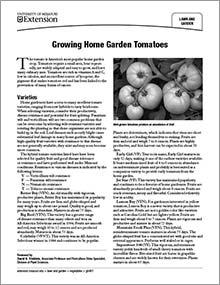
Growing Home Garden Tomatoes
Revised
Tomatoes are a popular home garden crop. They require little area, bear repeatedly, are easy to grow and have many culinary uses. Learn about various varieties and get tips for growing tomatoes in this guide.
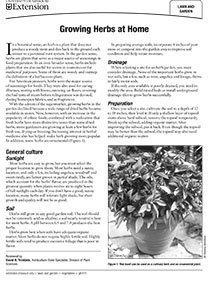
Growing Herbs at Home
Reviewed
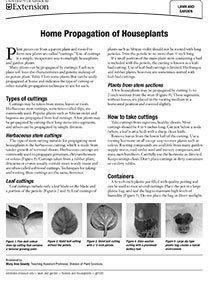
Home Propagation of Houseplants
Reviewed
Plant pieces cut from a parent plant and rooted to form new plants are called “cuttings.” Use of cuttings is a simple, inexpensive way to multiply houseplants and garden plants.
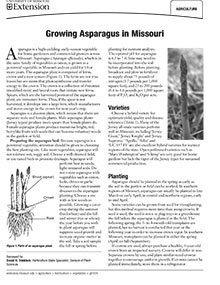
Growing Asparagus in Missouri
Reviewed
Growing asparagus in Missouri requires selecting a well-drained site, choosing suitable varieties, and proper planting techniques.
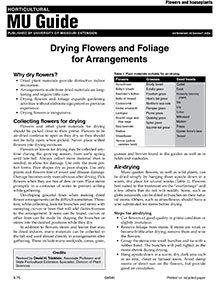
Drying Flowers and Foliage for Arrangements
Reviewed
Create distinctive indoor decorations by drying flowers and foliage. Air-drying, pressing, using dessicants, microwave oven-drying and freeze-drying methods plus preserving foliage with glycerin are covered in this illustrated MU Extension guide.

Establishing and Managing Riparian Forest Buffers
Revised
Learn how to design and manage the interactive agroforestry practice of riparian forest buffers.
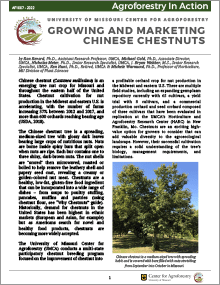
Growing Chinese Chestnuts in Missouri
Revised
Editor's note
This page currently contains only the introductory section of this guide. For the entire text, please download the PDF.
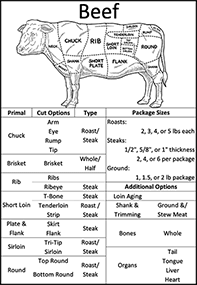
5 Steps to Buying Meat Direct From the Farm
New
If you are interested in buying meat from a local farmer, in quarters or halves, review these five considerations: how much meat your family can consume and what cuts to buy, sourcing an animal, finding a local meat processor, costs, and timing.

Preserve It Fresh, Preserve It Safe: 2022, No. 3 (May/June)
New
Describes using sugar, syrup, or honey to preserve jams and canned fruit, plus reduced-sugar recipes and methods to dry or freeze strawberries.
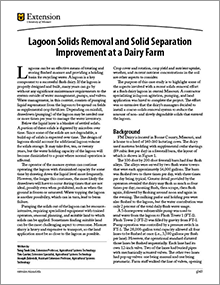
Lagoon Solids Removal and Solid Separation System Improvement at a Dairy Farm
Reviewed
Explore methods for managing lagoon solids in flush dairy systems, including removal techniques and solid separation system improvements.
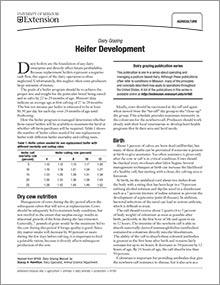
Dairy Grazing: Heifer Development
Revised
Heifers are the foundation of any dairy enterprise and directly affect future profitability. Learn how to manage a heifer development program to maintain a herd with farm-raised heifers and save the cost of buying replacement heifers in this guide.

Creativity in Young Children
Reviewed
This guide explores how children express creativity and offers strategies for adults to nurture imaginative thinking.
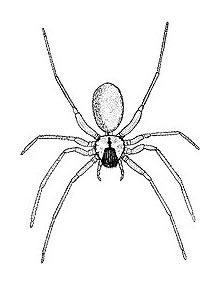
Spiders - Page 3
Reviewed
Provides detailed information about the brown recluse spider, including its appearance, habitat, behavior, and medical implications of its bite.
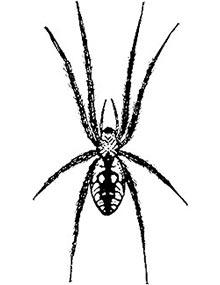
Spiders - Page 6
Reviewed
Orb weavers, such as the yellow garden spider, are nonpoisonous and build large, sticky webs to catch insects like grasshoppers.

Spiders - Page 4
Reviewed
Crab spiders (Thomisidae) are nonpoisonous ambush predators that capture prey by waiting motionless on flowers.